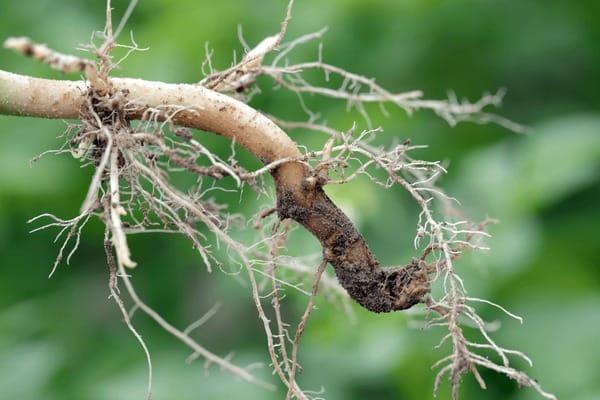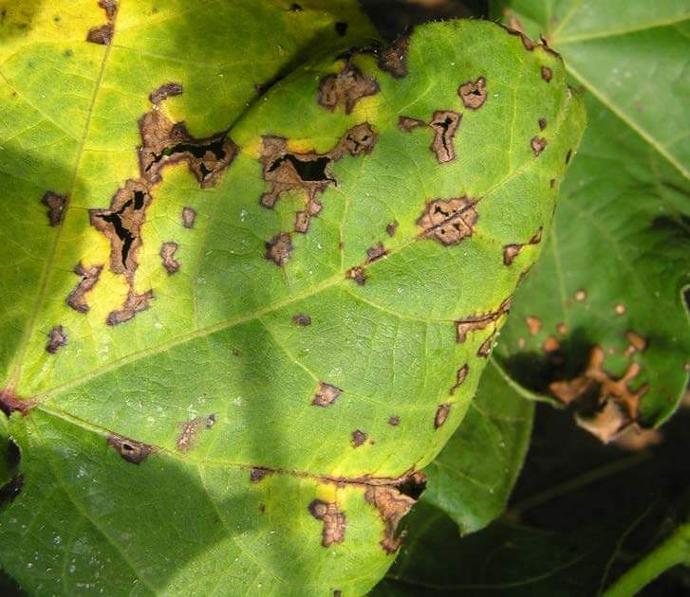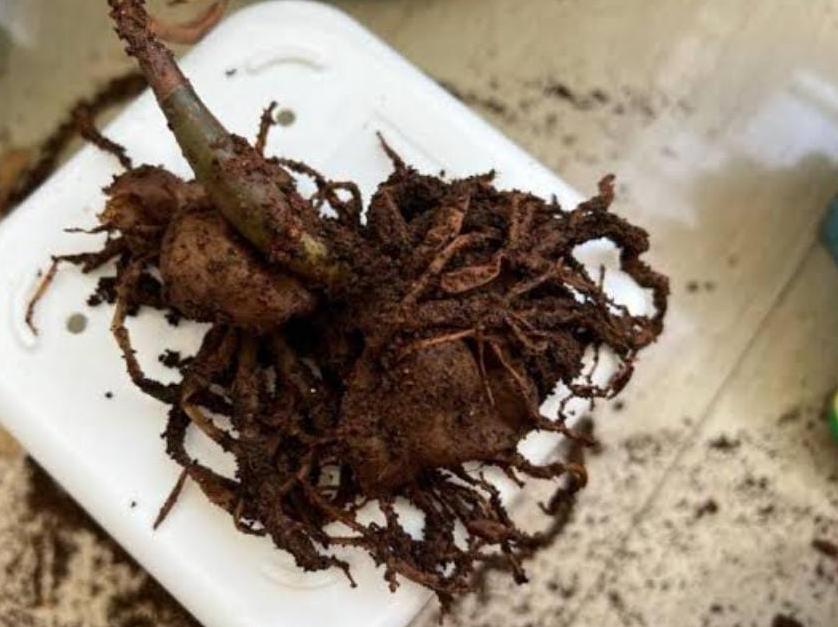Black Zamia Plant
BLACK ZAMIA, a specific plant, may have varying care requirements. Generally, it's essential to provide well-draining soil, appropriate sunlight, and regular watering. Pruning and fertilizing practices may vary based on the specific characteristics of this plant.

Habit
Cycad
Height
1-2 m
Growth
Slow
Soil
Well-drained, loamy
Shade
Partial shade to Full Sun
Moisture
Moist
Edible
No
Medicinal
Yes
Origin
Mexico, Central America
Climatic Condition
Tropical, Subtropical
Temperature (°)
20-30°C
Humidity (%)
50-70%
Potting media
Sand + Organic matter
Fertilizers
Balanced NPK (10:10:10)
Watering
Moderate watering
Plant Weight
200-300 g
Flowering Time
Spring to Summer
Soil Ph level
5.5-6.5
Water Ph level
6.0-6.5
Soil EC
0.9 dS/m
Yield Per Plant
Low yield
NPK ratio
10:10:10
life Span
10-20 years
Health Benefits
Ornamental, slow-growing
Suggested Grow Media or Potting Mix ?
50% sand, 25% perlite, 25% peat moss
Suggested Fertigation/Fertilizers
Fertilize every 2-3 months with a balanced fertilizer.
Common Diseases and Remedies
Blight, Rhizome rot.
Yellowing of lower leaves, roots may rot.
Neem cake, remove effected leaves.
HEALTH BENEFITS
· Limited medicinal uses; some species are toxic if consumed.
· Used in some cultures for traditional remedies, but with caution.
What Is An Black Zamia Plant ?
The black Zamia plant, also known as Zamia furfuracea, is a type of cycad native to the southeastern state of Veracruz in eastern Mexico.
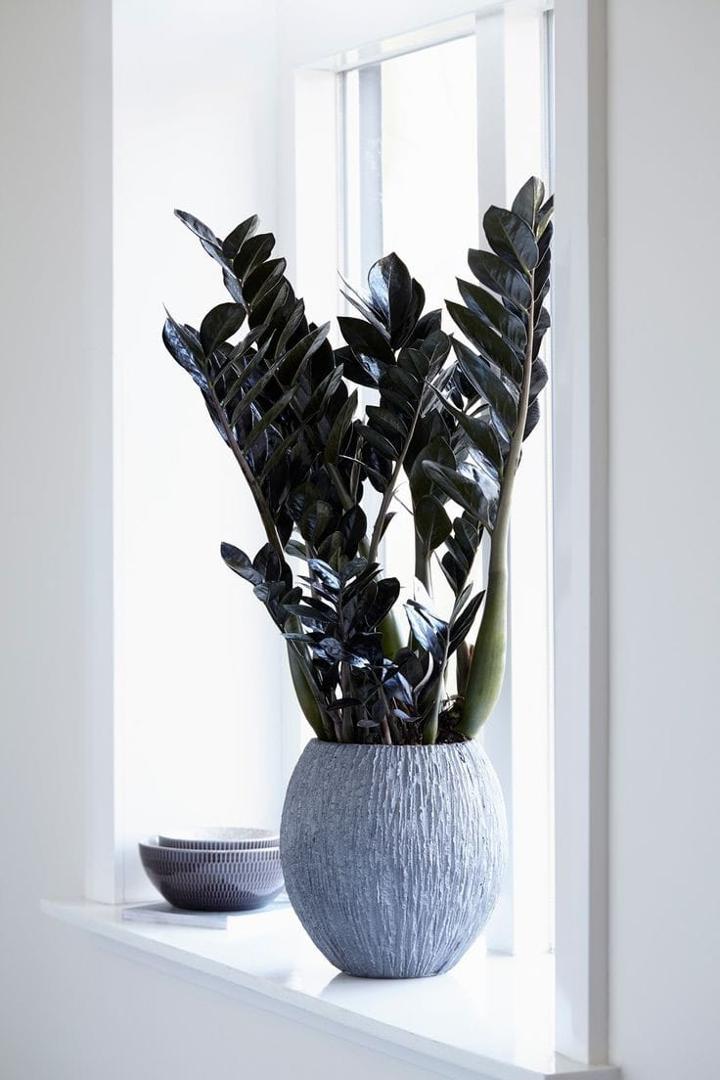
What Are The Different Types Of Black Zamia Plants?
1. Zamia furfuracea var. furfuracea
This is a typical variety with dark green pinnate leaves.
2. Zamia furfuracea var.skinneri
This variety has broad leaves and is mainly found in Honduras.
3. Zamia furfuracea var. vazquezii
This variety has long leaves and is found in Mexico.
4. Zamia furfuracea var. chiangii
This variety has sometimes twisted leaves and is native to Chiapas, Mexico.
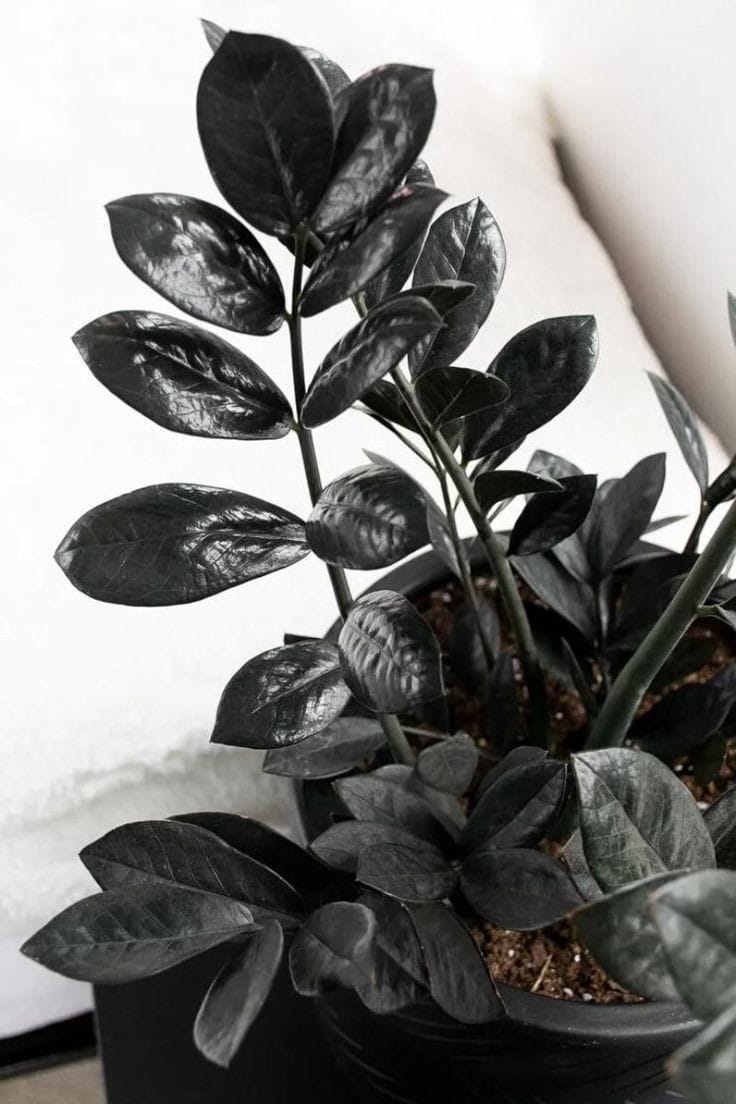
How to Care Black Zamia ?
1. Location
This variety has sometimes twisted leaves and is native to Chiapas, Mexico.
2. Sunshine
Thrives indoor when placed in indirect bright sunlight .
3. Soil
Use well-drained soil. A mixture of sand, perlite and peat moss.
4. Hydration
Water regularly and allow the soil to dry out a little between waterings.
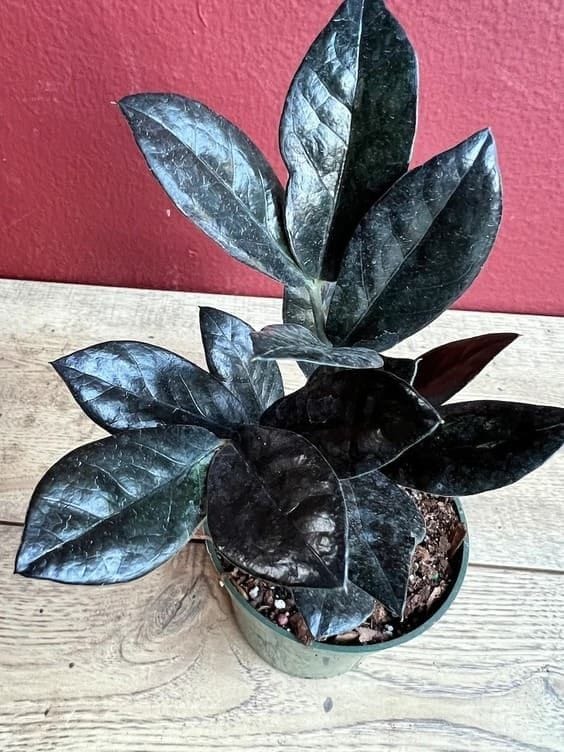
5. Nourishment
Feed with a balanced, slow-release fertilizer during the growing season.
6. Issues
Be careful not to overwater, which can cause root rot, and protect from frost if temperatures drop below freezing.
What are the Benefits of Black Zamia ?
Black Zamia plant include its decorative value, adding a tropical feel to indoor and outdoor areas. They also require relatively low maintenance and can improve indoor air quality by removing toxins.
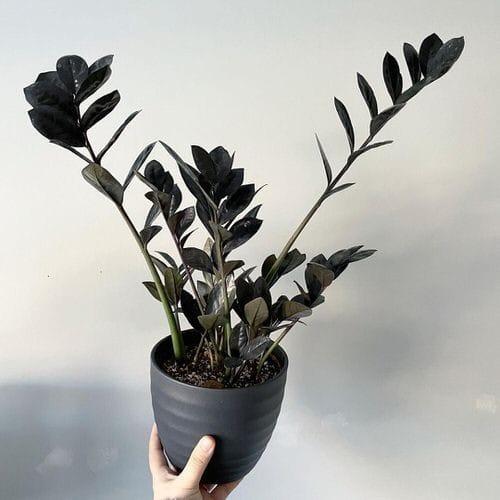
FAQs About Growing Black Zamia
1. How often should I water my black zamia plants ?
Water your Black Zamia when the top of the soil feels dry. Avoid overwatering as this may cause root rot.
2. What are the common pests and diseases to watch out for ?
Common pests include scale insects and mealybugs. Too much water or poor ventilation may cause diseases such as spot disease and root rot.
3. How do I propagate black zamia plants ?
Black zamia plants can be propagated from seeds or by dividing cuttings (saplings) that grow at the base of adult plants.
4. Does the Black Zamia plant tolerate low light conditions?
Black Zamia plant prefers bright, indirect sunlight, but can also tolerate lower light levels, although growth may be slower .
5. Is the Black Zamia plant safe for pets ?
The Black Zamia plant is toxic if ingested by pets. Keep out of reach of cats, dogs, and other animals to prevent choking, which can cause gastrointestinal upset.
